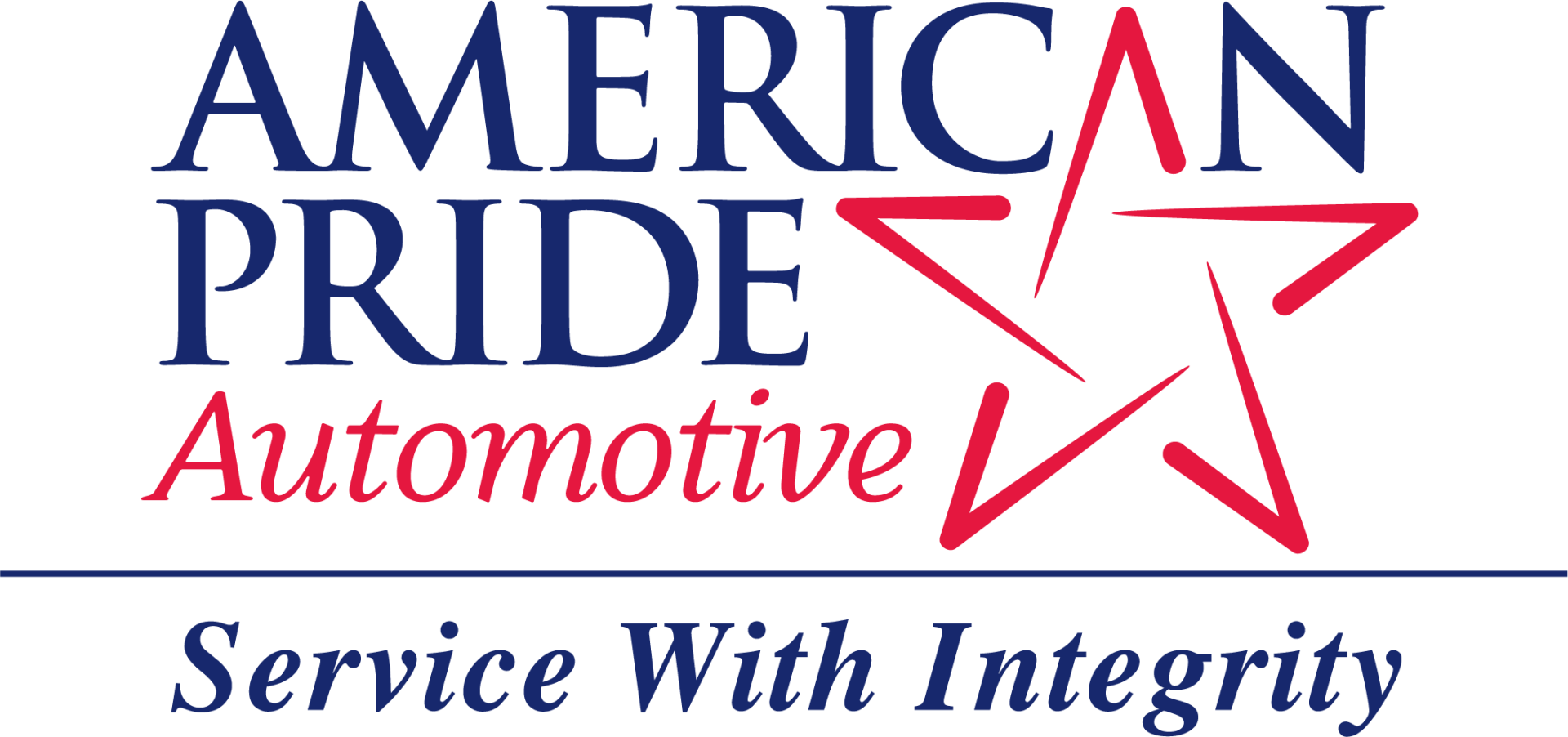SPRING POTHOLES CAN WREAK HAVOC ON YOUR TIRES & SUSPENSION SYSTEM
American Pride Automotive • March 19, 2015
The warmth and fresh energy of spring is well on its way, but that warmth can spell hazards for your vehicle’s tires and suspension system. How?
After an especially cold, icy winter, our formerly smooth interstates and side streets thaw out and develop cracks that eventually turn into potholes. Water that seeps into the ground under the road expands when it freezes, so when it thaws (read: contracts) the pavement contracts as well. This newly weakened pavement can’t withstand the weight of cars and trucks, and develops the craters we know as potholes.
You may have already started to notice annoying potholes on your morning commute that cause your car to jolt and coffee to splash, but those aggravating craters may be also be causing serious damage to your suspension system. Driving over a large pothole stresses shocks or struts unevenly and transfers the stress of the impact to other suspension and steering components like wheel bearings, ball joints, control arms and more.
Damage caused by spring potholes is one of the main reasons we see people come in for wheel alignments and suspension system repair. If you’ve driven over a few bad ones this year and are experiencing these problematic signs, consider calling American Pride for a suspension checkup or wheel alignment.
- Uneven tire wear or prematurely worn tires
- A vehicle that pulls one way or another
- Tires that squeal
- A shaky or crooked steering wheel
Potholes can also damage tires and wheel components. Possible effects include tire punctures, jarred wheel balance weights and bent rims.
If you suspect that your suspension system or tires have been damaged or misaligned, call or contact any of our three American Pride Automotive locations to schedule an appointment. And to report potholes, contact VDOT here.

You’re driving home at night and it is raining cats and dogs. You can’t see but 20 feet in front of your car, but you’ve slowed down and are being extra cautious, so what could go wrong? Then you feel it. A sinking Cl-clunk. Maybe that “puddle” you saw ahead of you was deeper than just a puddle. Before you know it, your car is stalling in the high water in the middle of the road. Now what? First off, don’t panic. Turn on your hazards and crank the ignition once. If the car starts, make it dry land and pull over to assess the damage. If it does not start the first time, do not try to start it again. Doing so can result in a hydro locked engine and will likely necessitate the rebuilding or replacement of the engine. Unfortunately, if you find yourself stalling in water at all, your vehicle will probably need costly repairs. The best way to avoid water damage is to practice safe and smart driving in wet weather, which brings us to Part 2 of the Everything Auto “Blame it on the Rain” series (Find Part 1 here). Take heed of these severe weather driving tips: 1. TAKE NO CHANCES ON PUDDLES Even if the standing water ahead of you looks shallow enough to drive through, think twice. If the water is “rushing” or if other drivers are making a point to avoid it, don’t assume that your vehicle is the exception. Additionally, you never know the hazards that lay at the bottom of a puddle. Hidden potholes or debris can pierce your tires and jostle your alignment and suspension system. 2. IF YOU MUST TAKE A CHANCE, TAKE IT SLOW AND STEADY When you deem it necessary and safe to drive through water of questionable depth, go slowly. Speeding through a puddle, even a shallow one, can splash water into your vehicle’s intake and critically harm the engine. Like we mentioned last week, after driving through standing water, lightly tap your brakes to make sure they aren’t saturated and to dry them off. 3. KEEP A ROADSIDE EMERGENCY KIT HANDY Sometimes, no matter how careful you are on the road, accidents and vehicle malfunctions happen, especially in wet severe weather. That’s why it is extremely important to keep emergency supplies ready in the trunk for the worst case scenario. You can buy a preassembled one, but it is cheaper (and more rewarding) to assemble your own. What should you include? Edmunds.com provides an excellent comprehensive list of items, a few of which include: 12-foot jumper cables Four 15 minute road flares Two quarts of oil A gallon of antifreeze A first-aid kit. Find the rest of the list here We hope that this series has given you helpful safety insights and tips for driving in the rain! Remember that American Pride Automotive is always here to help and ready to answer any and all of your auto repair and maintenance questions! Call or contact us today.
